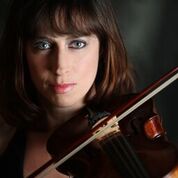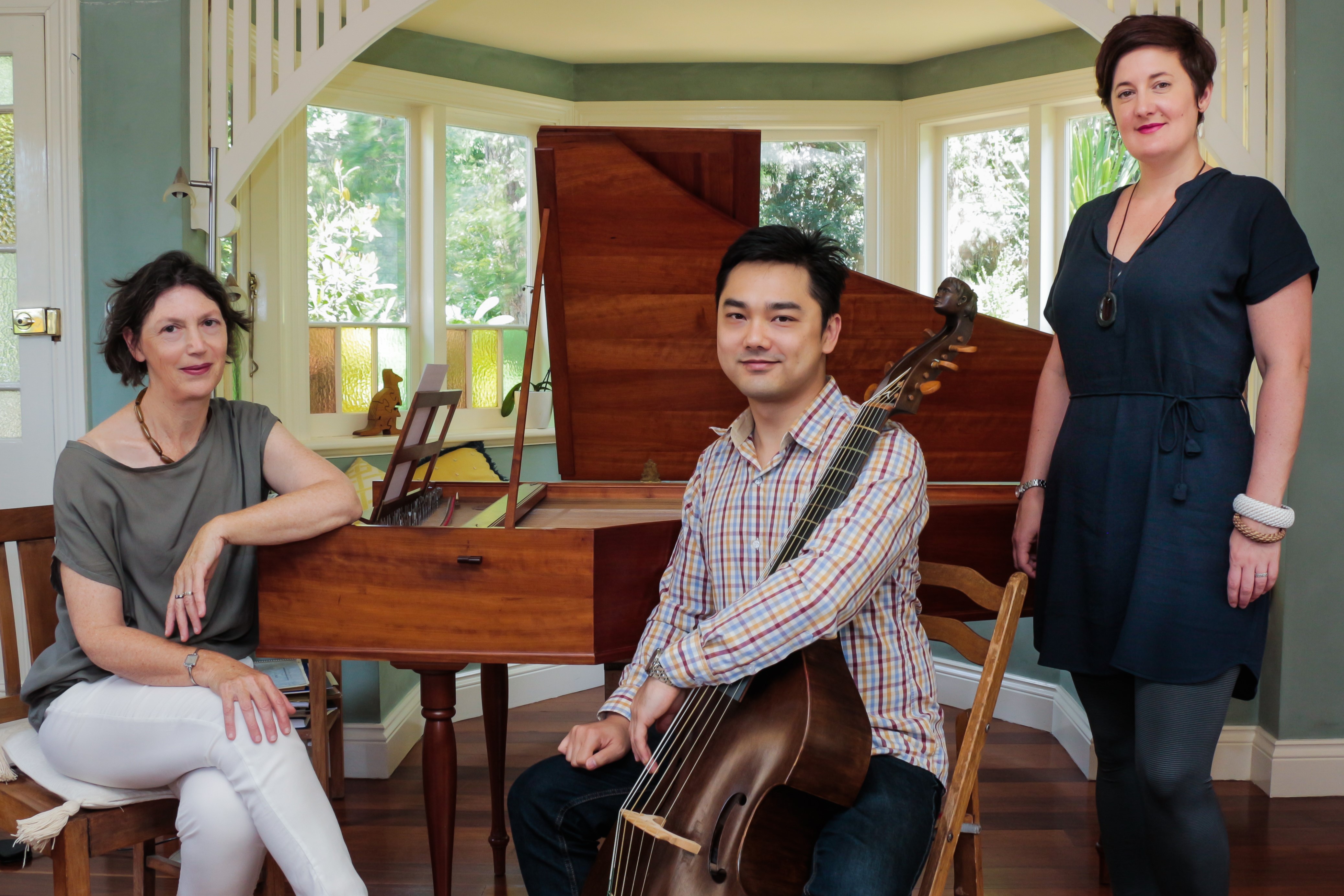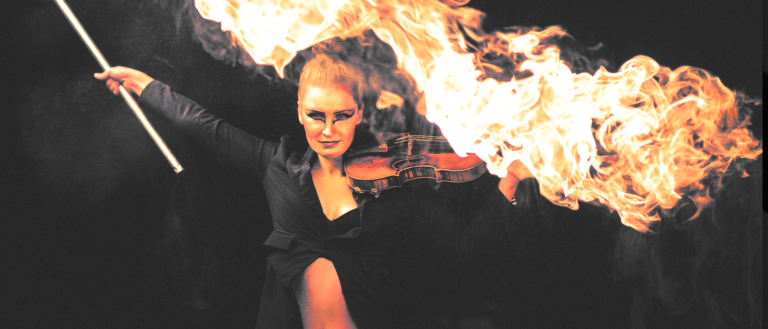Concert Review: Vivaldi Unwired/ The Australian Brandenburg Orchestra

The Australian Brandenburg Orchestra’s Vivaldi Unwired programme, directed by Paul Dyer, AO opened at the City Recital Hall last night with guest artists violinist Brendan Joyce and saxophonist Christina Leonard. It was an entertaining evening of convention and innovation.
Opening the concert with two cornerstones of the Baroque repertoire played in conventional style on period instruments, the orchestra set out the fundamentals from which the latter two programme selections were developed. First up violinist Simone Slattery brilliantly led a smaller ensemble of 9 strings with double bass and harpsichord continuo in a sunny performance of JS Bach’s Brandenburg Concerto no 3 in D major BWV 1048. She delivered a hauntingly beautiful cadenza which represented the second movement before the ensemble erupted into the third movement at breathtaking, but well controlled pace.
The entire ensemble gathered to perform Vivaldi’s Concerto Opus 3 No 8 for two violins, RV 522 from L’estro armonico, an iconic collection of 12 concertos. ABO Baroque violinist Ben Dollman was joined by guest artist and fellow Baroque violinist Brendan Joyce, in a sensitive and empathetic musical dialogue as the two soloists pursued each other in imitation and inversion.
Arguably the highlight of the evening was Christina Leonard’s performance of CPE Bach’s Concerto for Flute in A minor Wq 166, arranged by her for soprano saxophone. The concerto was written in 1750, nearly one hundred years before Adolphe Sax invented the saxophone c 1840. The instrument underwent numerous refinements and modifications before it reached its present day configuration of a complex construction of numerous parts.
The combination of sounds was an unusual one – the mellowness and somewhat heavier sound of the saxophone against the light, bright jangling of the harpsichord and Baroque strings. However, Christina Leonard’s astonishing virtuosity and mastery gave us a spellbinding performance. Impeccable breathing technique delivered extended phrases of silken smoothness; she coaxed a spectrum of colours and dynamics from her instrument from the subtlest and softest of hues to bright and brassy tones, fingers racing up and down the keys in impossibly rapid arpeggiated phrases and scale passages.
The second half of the programme featured Max Richter’s recomposition of Vivaldi’s Four Seasons, which has proved to be exceptionally popular on disc and in the concert hall. Richter has captivated his audiences with his minimalist take on the baroque classic by deconstructing it, manipulating the elements and putting them back together again. Existing recordings and performances to date use contemporary instruments. On this night, with Brendan Joyce an outstanding soloist, the Australian Brandenburg Orchestra gave the world premiere of Richter’s recomposition of Vivaldi’s Four Seasons on Baroque instruments. Music director Paul Dyer was re-assigned from harpsichord keyboard to electronic keyboard; lighting design evoked the change of the seasons, perhaps the most effective movement being Winter with orchestra and soloist creating a soundscape that was flinty and bleak.
The musicians of the Australian Brandenburg Orchestra with their irrepressible enthusiasm, contagious enjoyment of their craft, technical expertise and cohesive sense of ensemble gave an impressive performance.
If necessity is the mother of invention, then invention is sometimes necessary to breathe new life into old ideas. Recasting old material in a new mould as Richter has done, and a new instrument taking on old material as Christina Leonard has done, re-invigorates this music, casting it within new parameters and allowing us to discover it from a different perspective.
Shamistha de Soysa for SoundsLikeSydney©
Vivaldi Unwired continues at the City Recital Hall, Sydney, on selected days until May 15, 2015.







